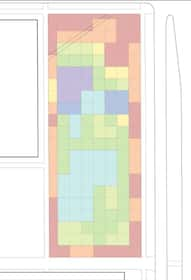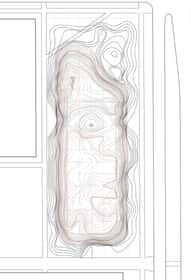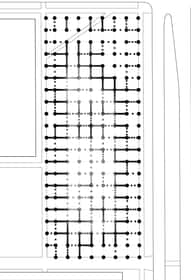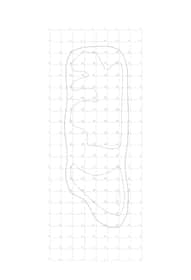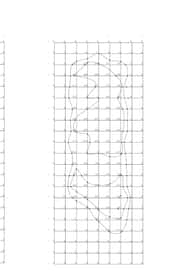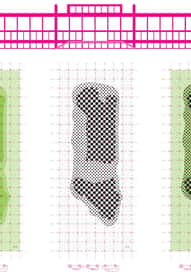MLA+U Fall
HomeProfessors:
- Nilay Mistry
Students:
- Caleb Hadley •
- Brendan Hall •
- Daniel Garczek •
- Lauren Geske •
- Jonathan Cienfuegos •
- Juliana Cardozo •
- Jonathan Cienfuegos Cameron Carter •
- Cameron Carter •
- Mansi Prajapati •
- Amanda Soto •
- Huanyu Wang
LA 541 LANDSCAPE ARCHITECTURE STUDIO I : PROCESSES
This studio is the first of six studios at the Master of Landscape Architecture + Urbanism program, creating a framework to embrace core tools of the discipline of landscape architecture. This studio explores dynamic conditions defining spaces investigated through research, site visits, abstraction, and critical intervention. This course maintains a primary goal for participants to develop an understanding of the fundamental relationships of dynamic processes with an emphasis on representing time, movement, space, light, rhythms, shifting boundaries and enclosures, and physical materials of landscape.
Exercises within this course explored segments of 31st Street in the Bronzeville neighborhood and new public spaces within the Burnham Wildlife Corridor along Chicago’s lakefront.
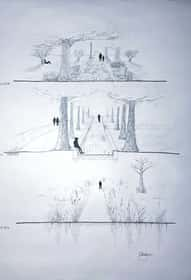
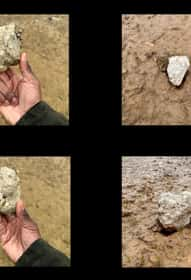
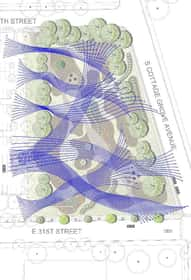
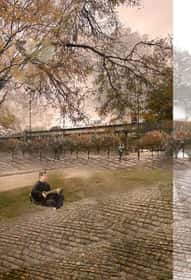
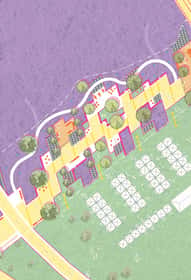
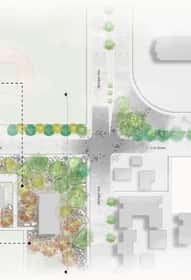
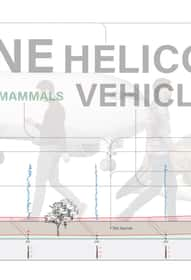
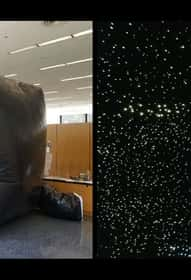
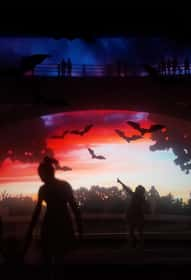
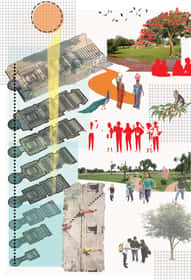
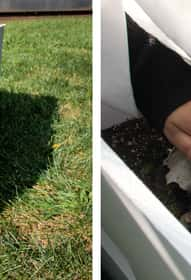
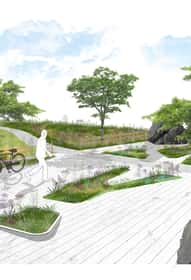
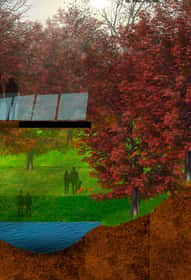
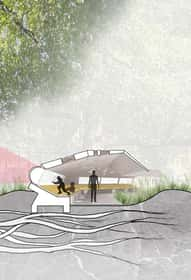
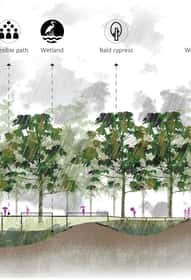
Professors:
- Sean Mckay •
- Meg Schroeder
Students:
- Cameron Carter •
- Daniel Garczek •
- Jincheng Chen •
- Jorge Mayorga •
- Lauren Geske •
- Mahmudur Rahman •
- Yeliz Otkiran •
- Zhicong Fang
LA 567 ECOLOGY AND MATERIALS WORKSHOP III : PLANTING DESIGN AND CONSTRUCTION
Advanced understanding of planting types, the history of plants in design, and the preparation of planting construction documentation augmented by frequent investigations and analysis of built landscapes in the Chicago region. The course is designed to develop students’ mastery of plants in the landscape while advancing knowledge and skills in planting design, techniques, and documentation. The class constitutes the second part of a sequence of the Ecology and Materials Workshops that address plants and their role as a primary medium for landscape architecture that are inherently part of larger biophysical and aesthetic landscape systems - and that ultimately contribute to the quality of human life.
&
Materials
III
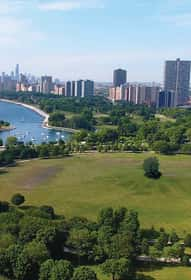
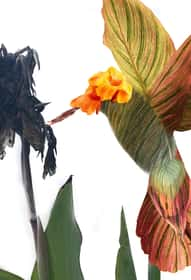
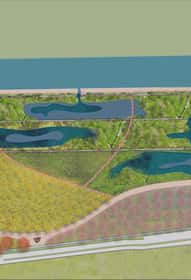

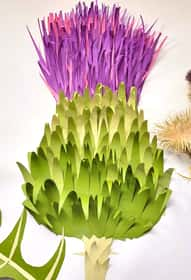
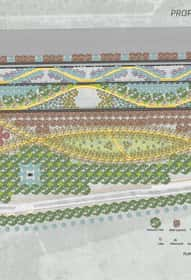
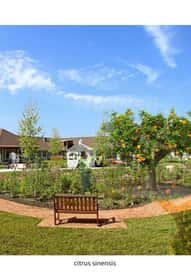
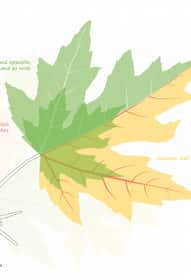

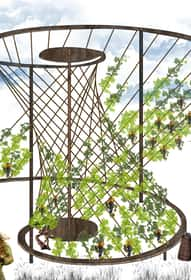
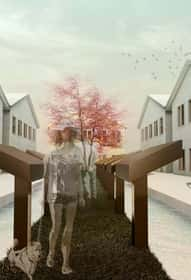
Professors:
- Murphy Skaife
Students:
- Juliana Cardozo •
- Sergio Sedano •
- Huanyu Wang •
- Caleb Hadley
LA 525 DESIGN MEDIA I : DRAWING AND MODELING THE LANDSCAPE
LA525 is the first in a sequence of representation courses in the IIT MLA program that aims to provide a foundational understanding of the visual vocabulary of landscape architecture. At the core of this course is an express intent to collapse the boundaries between “landscape”/“architecture”/“art” as singular entities and instead develop an understanding that the art and science of visual representation and observation across the design disciplines have shared identities, grounded in the fundamentals of representing objects, space, time and process. To that end, we will explore, test and analyze methods that shape this body of knowledge. Specifically, we will develop a capacity to see, organize data, analyze information, draw space, represent change, and model futures. Students will also build a visual vocabulary with an emphasis on narrative development.
Media
I
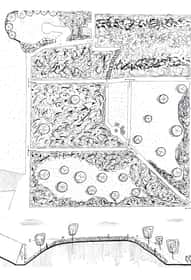
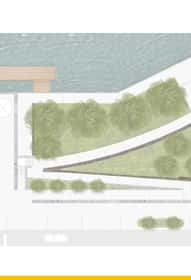
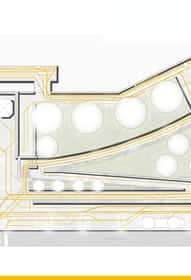
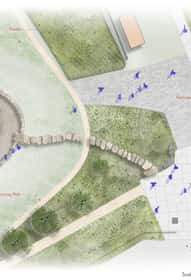
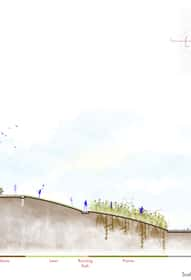
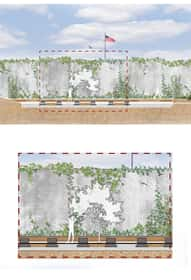
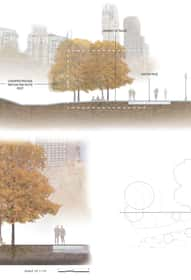
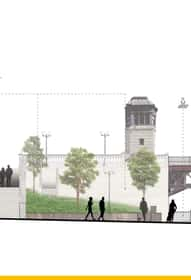
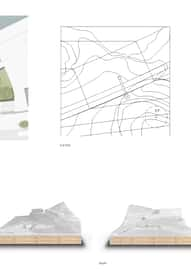
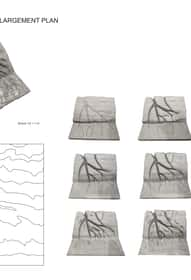
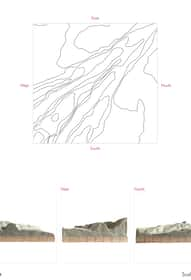
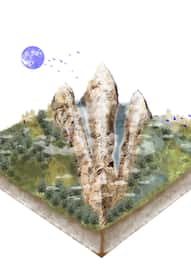
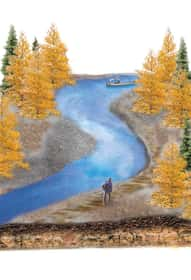
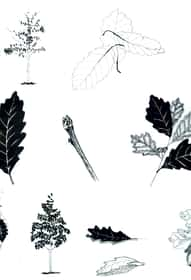
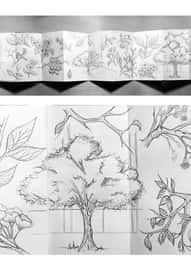
MLA+U Spring
HomeProfessors:
- Nilay Mistry
Students:
- Huanyu Wang •
- Daniel Garczek •
- Amanda Soto •
- Caleb Hadley •
- Jonathan Cienfuegos •
- Mansi Prajapati •
- Ruth Muniz •
- Brendan Hall •
- Lauren Geske
LA 542 LANDSCAPE ARCHITECTURE STUDIO II : SITE AND CITY
This course is the second studio within the Master of Landscape Architecture + Urbanism program, extending development of the fundamental tools of the discipline of landscape architecture focusing on the 21st century city. Rigorous site analysis includes emphasis on material, cultural, and ecological expression of city-scale networks and flows at the site scale. Design investigations explores the site itself, its adjacent conditions, and the larger neighborhood or civic milieu. This studio reveals dynamic conditions defining spaces investigated through research, site visits, abstraction, and critical intervention.
The studio group examined opportunities to increase accessibility, programming opportunities, and ecological performance within the El Paseo Community Garden and landscapes connecting Chicago’s Pilsen community. Analysis of landscape networks emanating from Pilsen identified conditions and issues that can be impacted by site interventions. The midterm exercise reformed a 0.4 acre expansion of El Paseo Community Garden to further contribute to the adjacent community. The final exercise reimagined a 0.6 mile segment of the former BNSF rail right-of-way to connect Pilsen residents to the Chicago River through a contiguous public landscape. Jurisdictional boundaries between private property and public infrastructure were reconsidered to calibrate a public realm that fortifies regional transit, park, and ecological networks.
AND
CITY
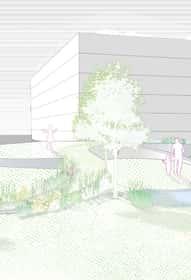
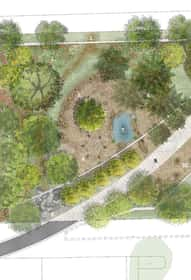
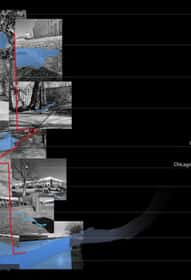
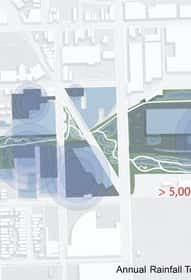
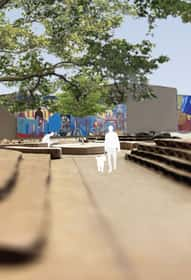
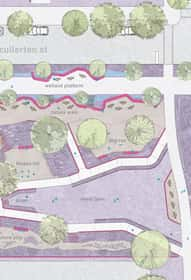
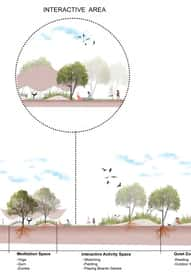
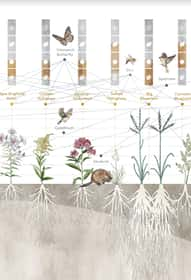
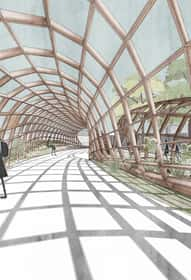
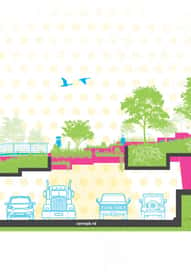
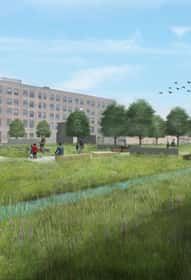
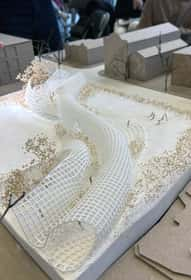
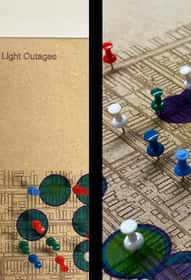
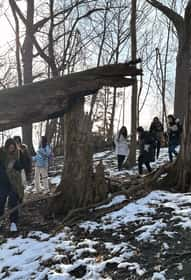
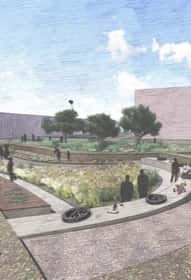
Professors:
- Maria Villalobos •
- Dirk Denison •
- Justin Degroff
Students:
- Juliana Cardozo •
- Montserrat Palomino •
- Olena Chychula •
- Michael Ocejo •
- Maciej Ostrowski •
- Marta Quintanilla •
- Cristina Martinez •
- Davis Housman •
- Krista Dawson •
- Nick Myers •
- Zoey Kriethe •
- Caitlin Brown •
- Md Mahmudur Rahman •
- Jingwei Guan •
- Hans Friedl
LA 546 LANDSCAPE ARCHITECTURE STUDIO VI : LIVING NEIGHBORHOODS
Working in groups, the studio will focus on developing urban planning, landscape, and architectural propositions at the neighborhood scale. Englewood and Humboldt Park are the initial participating neighborhoods of the Study. The questions explore design principles to improve the environmental quality of the neighborhoods utilizing inclusive housing schemes. The exercises include alternatives to promoting biodiversity, climate-responsive multifamily inclusive housing, cultural and commercial functions, productive urban landscape practices, sensitive water infrastructure, and public spaces to strengthen social cohesion and solidarity. Through different development scenarios, participants will explore the possibilities of program diversification, density variations, housing configurations, and public space design guidelines.
Neighbor
hoods
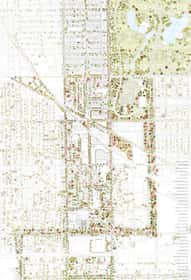
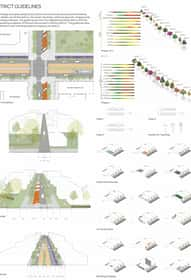




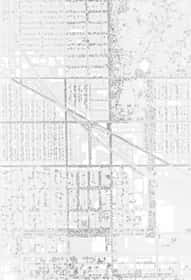
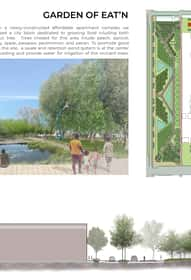
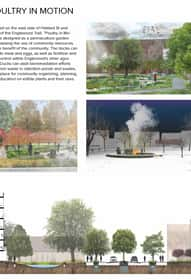


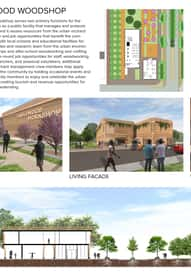

Professors:
- Murphy Skaife
Students:
- Caleb Hadley •
- Sergio Sedano •
- Yasaman Bakhtiarian •
- Daniel Garczek •
- Camila Rossi Pinheiro
LA 526 DESIGN MEDIA II : DIGITAL MEDIA
LA526 is the second in a sequence of media courses in the IIT MLA program, expanding on the core methods and visual vocabulary of landscape architecture established in Media I. Urban landscapes are dynamic agents of change at the intersection of infrastructure and the built environment, biological processes and human use. Representational clarity of these landscapes spans somewhere between the physical description of site and unseen ephemeral processes. At its core, this course seeks to develop a critical capacity to see, analyze information, represent change and model futures. Students will generate diagrams, maps, models, sections and perspectives to document spaces through the lens of built landscape design precedents.
MEDIA
II













Professors:
- Sarah Hanson
Students:
- Amanda Soto •
- Davis Housman •
- Juliana Cardozo •
- Jonathan Cienfuegos
LA 566 Ecology and Materials Workshop II: Earthworks and Infrastructures
This course explores the qualities and characteristics of landscape materials with emphasis on a quantitative and interrelated understanding of the design of landform (grading) and water. Exercises and readings cover the influence of climate, geology, soils, hydrology, and disturbances on the design of a site's constituent elements including paths and streets, infrastructure, plants, and water.
&
Materials
II
